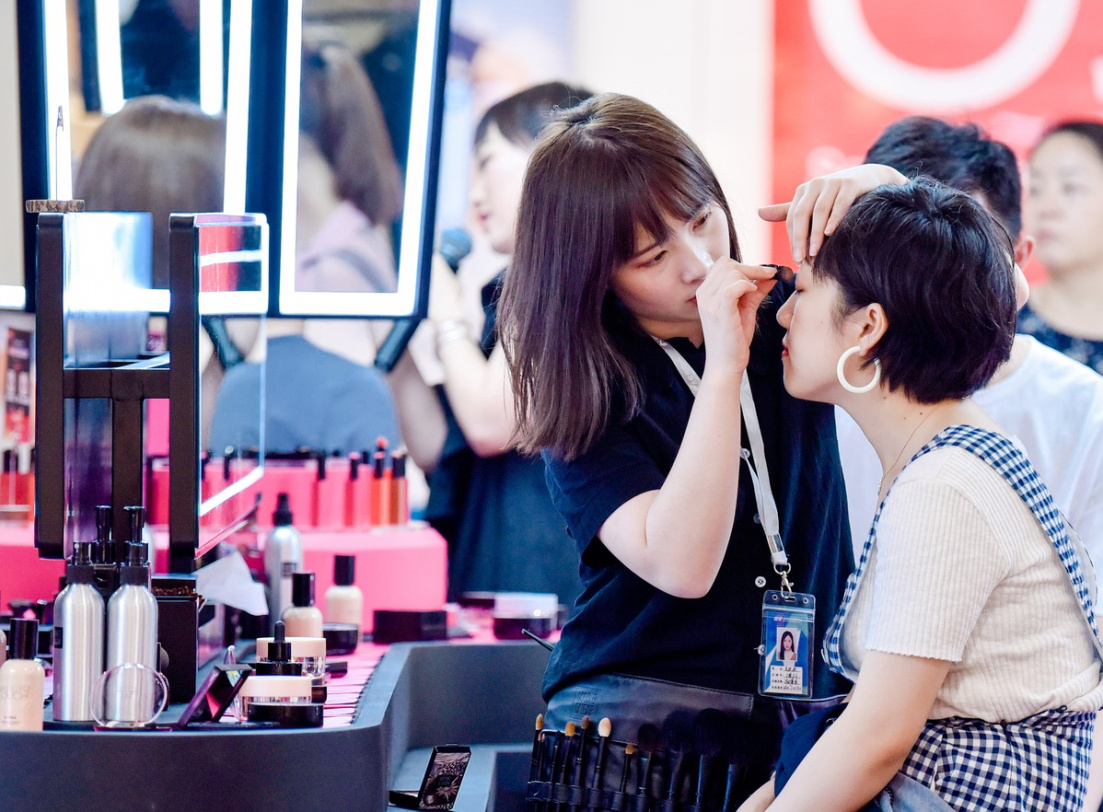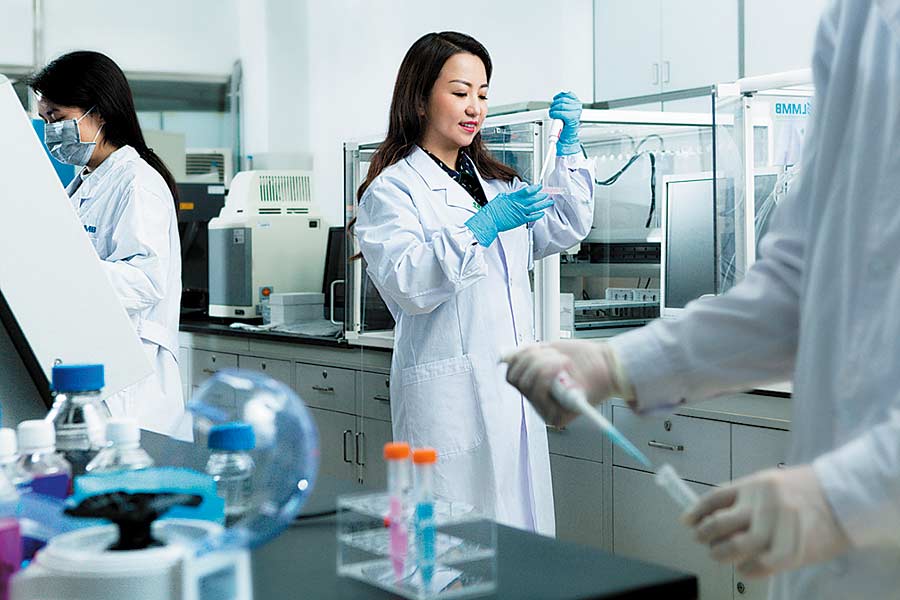
From the People's Daily app.
And this is Story in the Story.
Although progress has been made in leaps and bounds in the last ten years to promote the ‘she economy’ or women-targeted market, experts say much still needs to be done to tap the intellect and innovation capabilities of women in China.
Industry data shows that female consumers are driving growth in several sectors of the global economy, especially online, like healthcare, financial services, e-commerce and education. They are also key influencers for traditionally male-oriented products such as liquor, automobiles and sports.
The general perception has been that businesses that understand and cater to female consumers are more competitive than the rest. But the ‘she economy’ is not just about consumption, it straddles several areas, say experts.
According to Lean in China, a platform that focuses on women's development, nearly 63.3 percent of China's female population is employed, much higher than the average in Asia-Pacific, and their contribution collectively accounts for 41 percent of the country's GDP.
Today's Story in the Story looks at what Chinese women are spending their money on and what professional opportunities are opening for them.

A consumer tries cosmetics at a shopping mall in Beijing. (Photo: China Daily)
‘She economy’ was a term coined by the Ministry of Education back in 2007.
Lan Zhenzhen, vice-president of cosmetics major L'Oreal China and a ‘she’ leader in a top management position, says that the value of women professionals, especially those involved in scientific research, is often underappreciated.
"Data show that less than 6 percent of the academicians at the Chinese Academy of Sciences and Chinese Academy of Engineering, are women. There is hardly any female presence in the top echelons of scientific research," Lan said.
But there are also some exceptions, she said. "About 63.9 percent of the top management team at L'Oreal China are women."
According to the China Association for Science and Technology, there is hardly any difference in the intelligence and physical conditions of men and women scientists. In fact, there is a huge untapped potential in the case of female scientists.
What the ‘she economy’ really needs is more social traction, something that is unachievable without wholehearted support from key stakeholders like family, corporations and government, say experts.
Zhang Jianmin, secretary-general of the China Women's Development Foundation, said her organization has been lending a helping hand to financially troubled, unemployed and elderly women to set up startups or find gainful employment in the rapidly growing internet industry.
"We helped 400,000 mothers between 2015 and 2018 with our fund to help them start businesses," Zhang said. "We have spent 350 million yuan ($52 million) on this project to date."

Xu Qi (center), a researcher at the Chinese Academy of Medical Sciences, conducts experiments at a laboratory in Beijing. (Photo: China Daily)
L'Oreal initiated The China Young Women in Science Fellowship in China in 2004, under which it provides research grants of 100,000 yuan each for 10 female scientists every year.
"We have seen society giving women more opportunities, and more of them are entering science, business and politics," Lan from L'Oreal said. "We want to support women in the field of science and help them gain due recognition."
Concerted efforts have already improved the work environment for women in several sectors. Xu Qi, a researcher at Institute of Basic Medical Sciences with the Chinese Academy of Medical Sciences, a 40-year old mother and winner of the L'Oreal prize in 2018, says she has never felt any kind of discrimination.
"China has done much to promote gender equality, especially in the science sector," she said.
Chinese women are buying more for themselves than they have in the past, according to a new report on Chinese women's consumption.
Tmall's data shows that women's consumption of books, tourism experiences, wire-free bras, flat shoes, flowers and other ‘treat-yourself’ products continues to grow significantly.
Women born in the 1980s placed a total of 48.06 million book orders on Tmall in the past year, while according to data from Fliggy, Alibaba's travel arm, the same group spent most on travel with China's Hong Kong, Japan, Thailand, China's Macao and Singapore being their favorite destinations.
Hangzhou, Nanjing and Xiamen last year joined Shanghai and Beijing as the cities with the highest spend per transaction, while Guangzhou and Shenzhen dropped out of the top five.
Based on their findings Tmall released an independence index of women, which argues that women in first-tier and new first-tier cities are becoming more independent.
In 2018, the average annual income for women in China was 92,000 yuan ($13,730). With a higher paycheck, women are also showing increasing independence in handling finances. From credit cards to online borrowing apps, women now have exclusive control over their purse strings.
(Produced by Nancy Yan Xu, Brian Lowe, Lance Crayon, and Chelle Wenqian Zeng. Music by: bensound.com. Text from China Daily and CGTN.)


